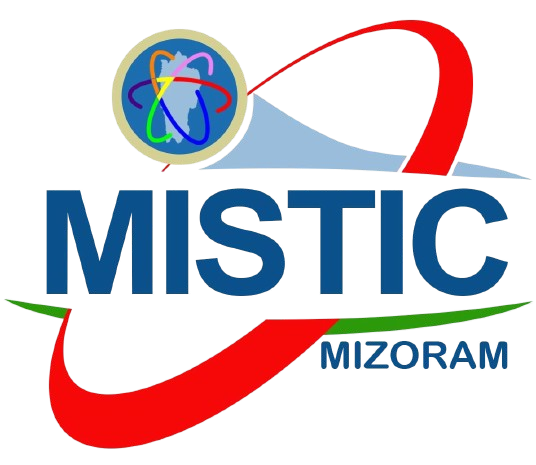CLIMATE CHANGE VULNERABILITY PROFILE OF MIZORAM: DISTRICT LEVEL INHERENT VULNERABILITY ASSESSMENT
Home > SCCCC > Phase I > CLIMATE CHANGE VULNERABILITY PROFILE OF MIZORAM: DISTRICT LEVEL INHERENT VULNERABILITY ASSESSMENT
Integrated assessment of inherent socio-economic and biophysical vulnerability to climate change was done to rank and categorised different districts of Mizoram and their drivers of vulnerability were identified. The assessment was done along with the Himalayan States using a common framework designed and implemented by Indian Institute of Science, Bengaluru, Indian Institute of Technology – Mandi and Guwahati, supported by DST, Govt. of India and Swiss Agency for Development and Cooperation through IHCAP which the design and assessment work was carried out during the whole year of 2018.
Approach/Methodology adopted
Top down assessment using secondary data collected from various sources were used. The study was done by taking current vulnerability as a function of sensitivity and adaptive capacity. Eight indicators were selected and weights are given to each indicator based on stakeholder and expert consultations, districts were rank and categorized based on their calculated composite vulnerability indices. The indicators used for the assessment are slope coverage, forest cover, food grain yield variability, population density, female literacy rate, infant mortality rate, % BPL household and Average person-days generated under MGNREGA.
Significant results brought out as a part of the project
District level vulnerability maps of Mizoram were generated for vulnerability ranking and vulnerability categories. The drivers of vulnerability were identified for the current scenario. The results of the assessment was compiled along with all the assessment of the Indian Himalayan Region States which was published and disseminated on 15th March 2019 at the National Workshop on Climate Change Vulnerability Assessment at Indian Habitat Center, New Delhi. The result was also published as an article in MIZO-ENVIS newsletter April to June 2019 Issue.
